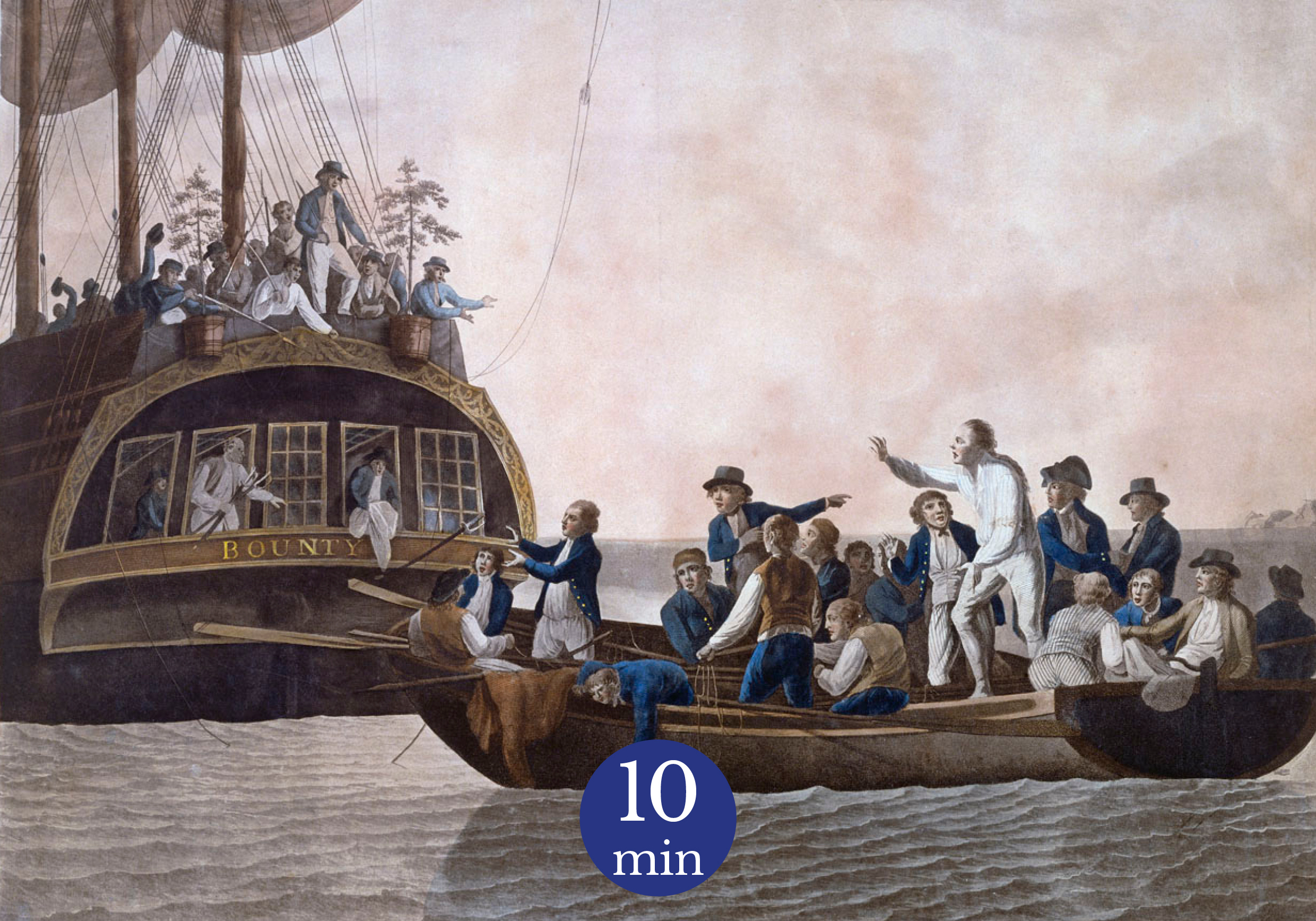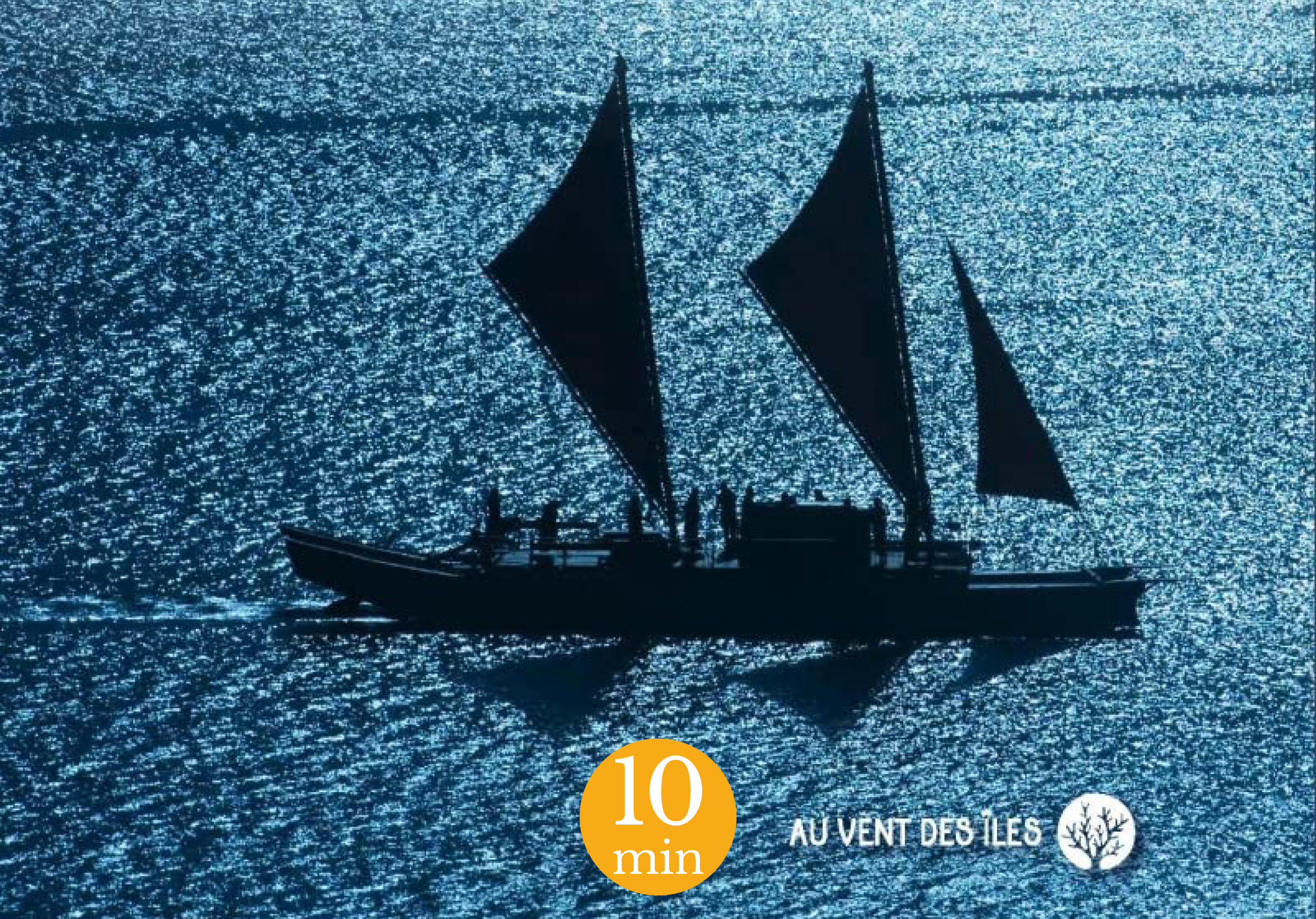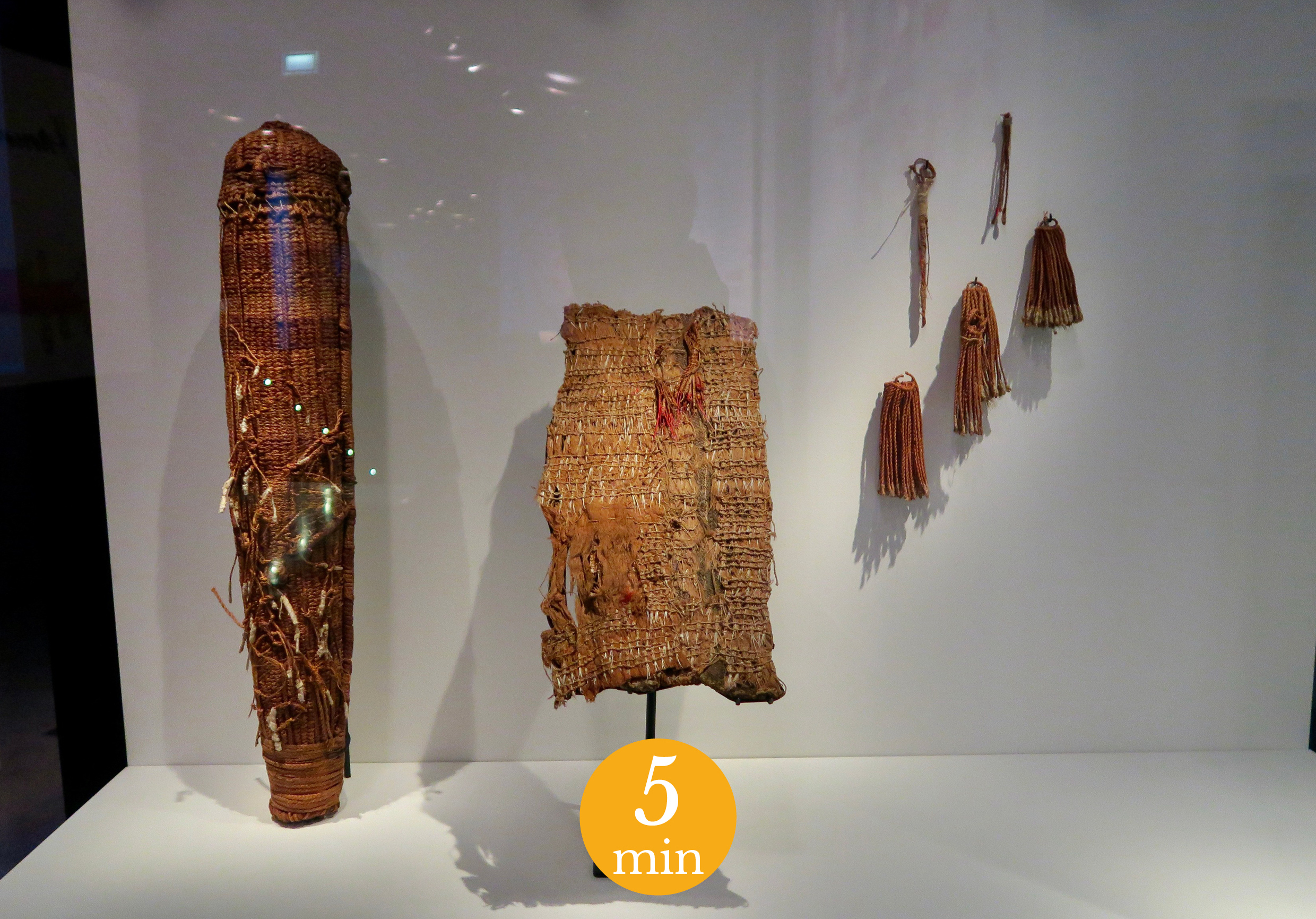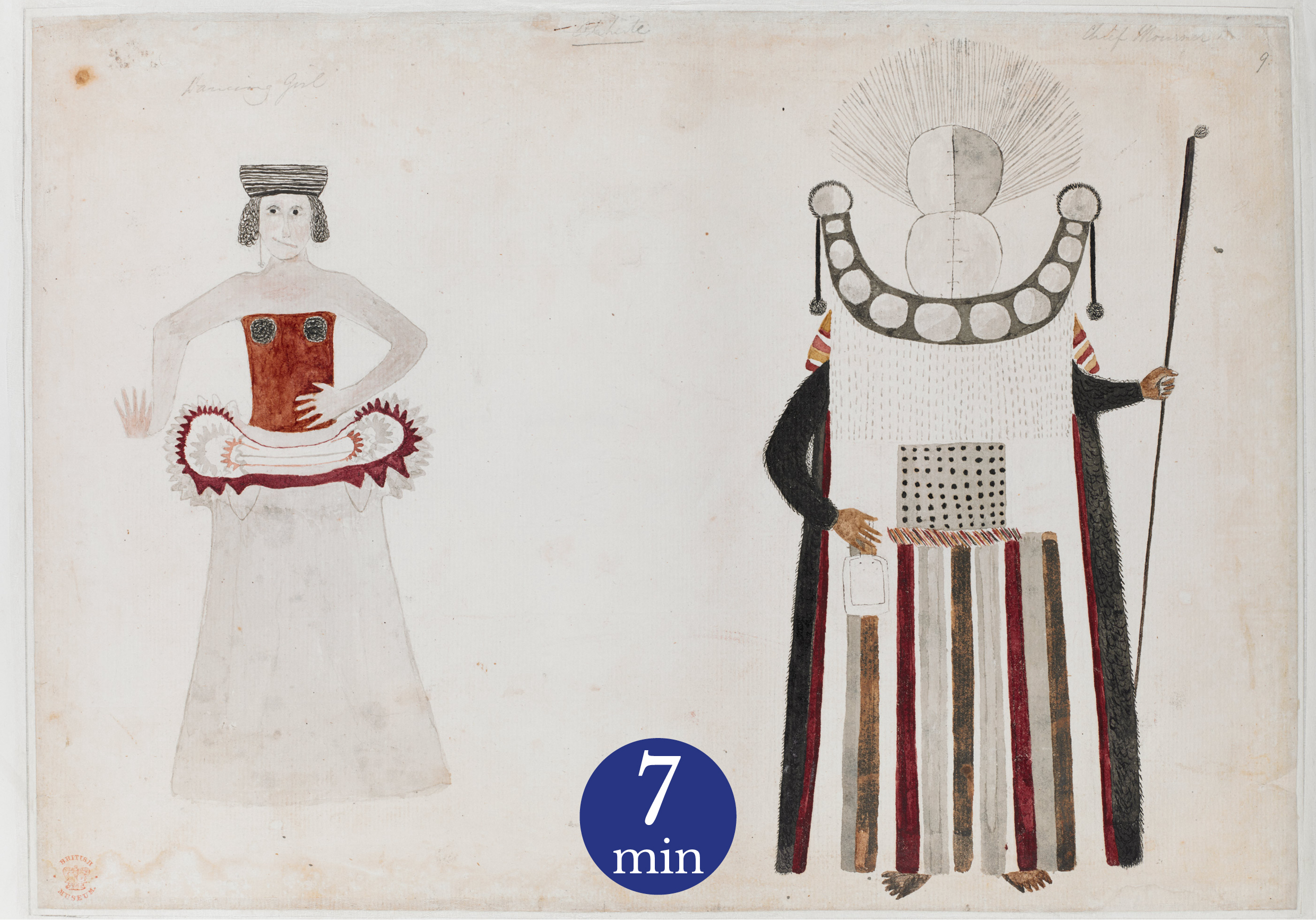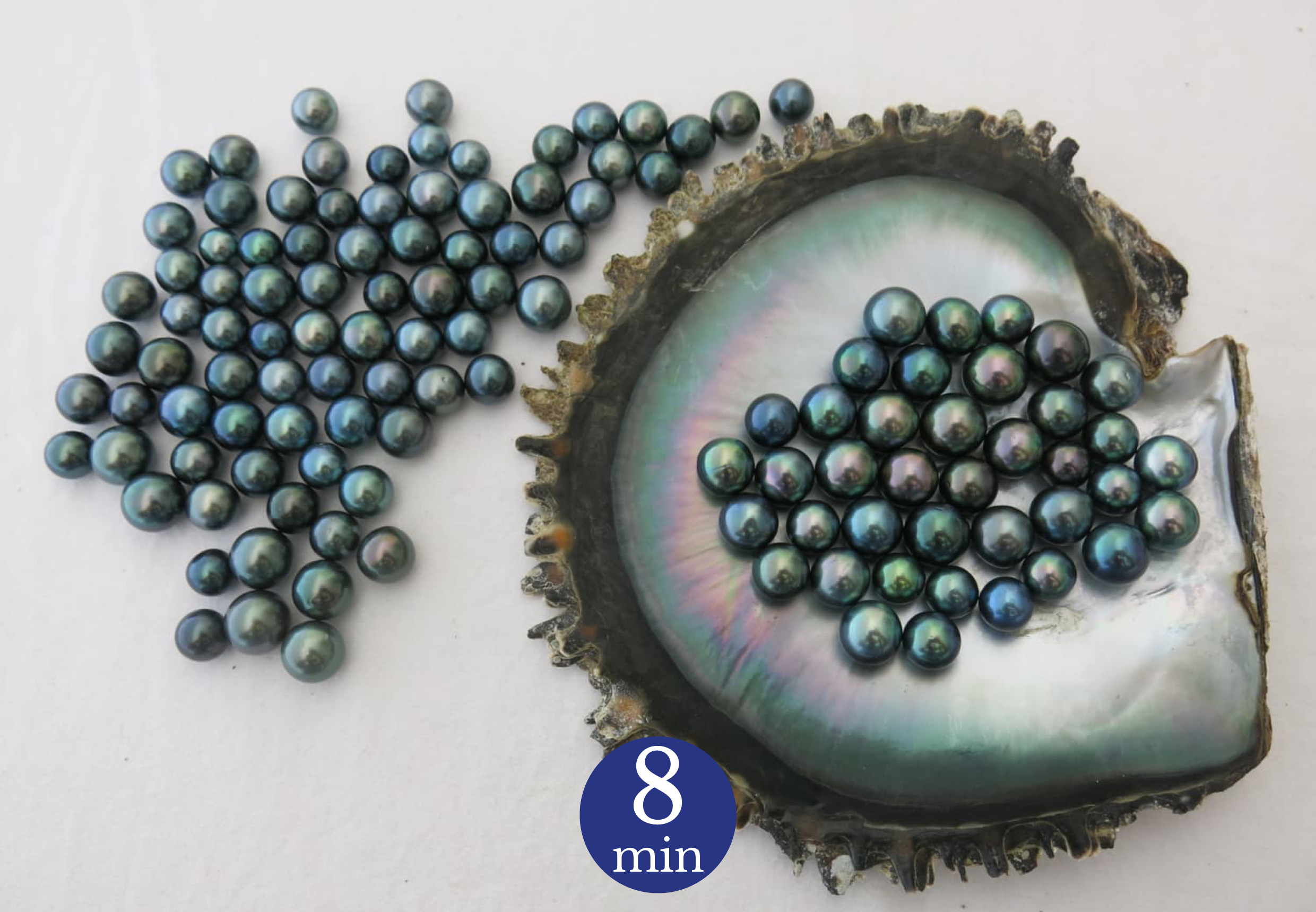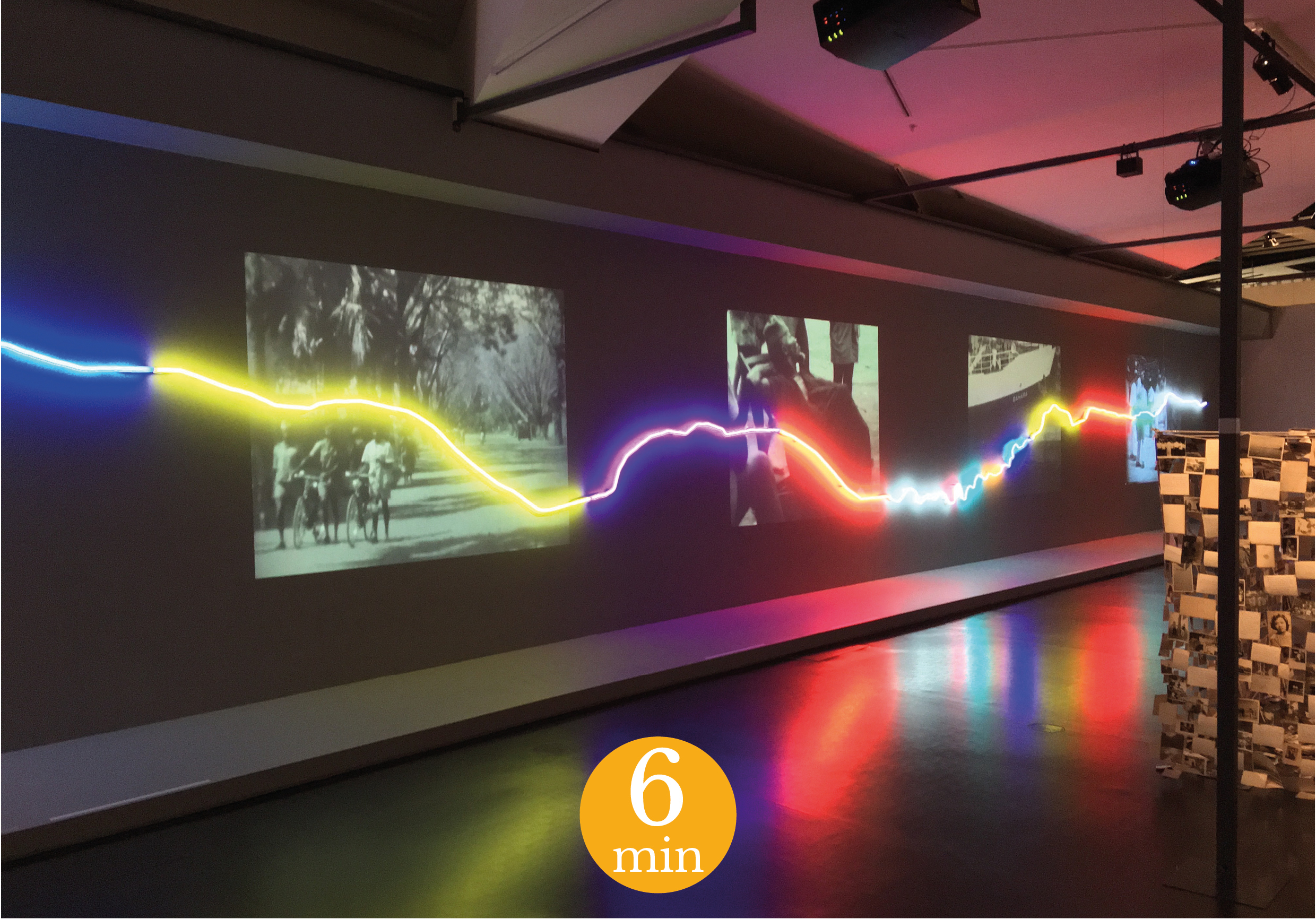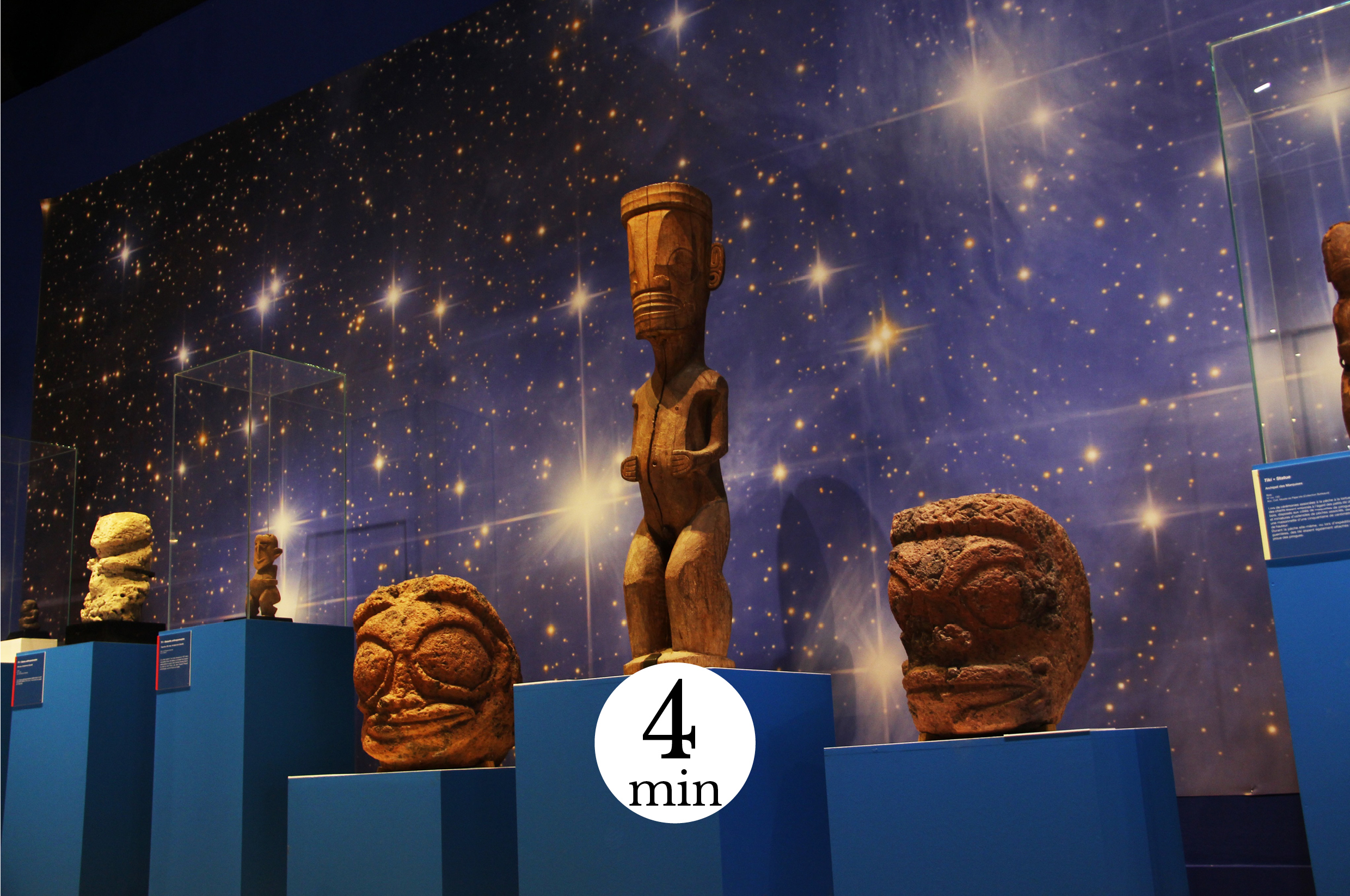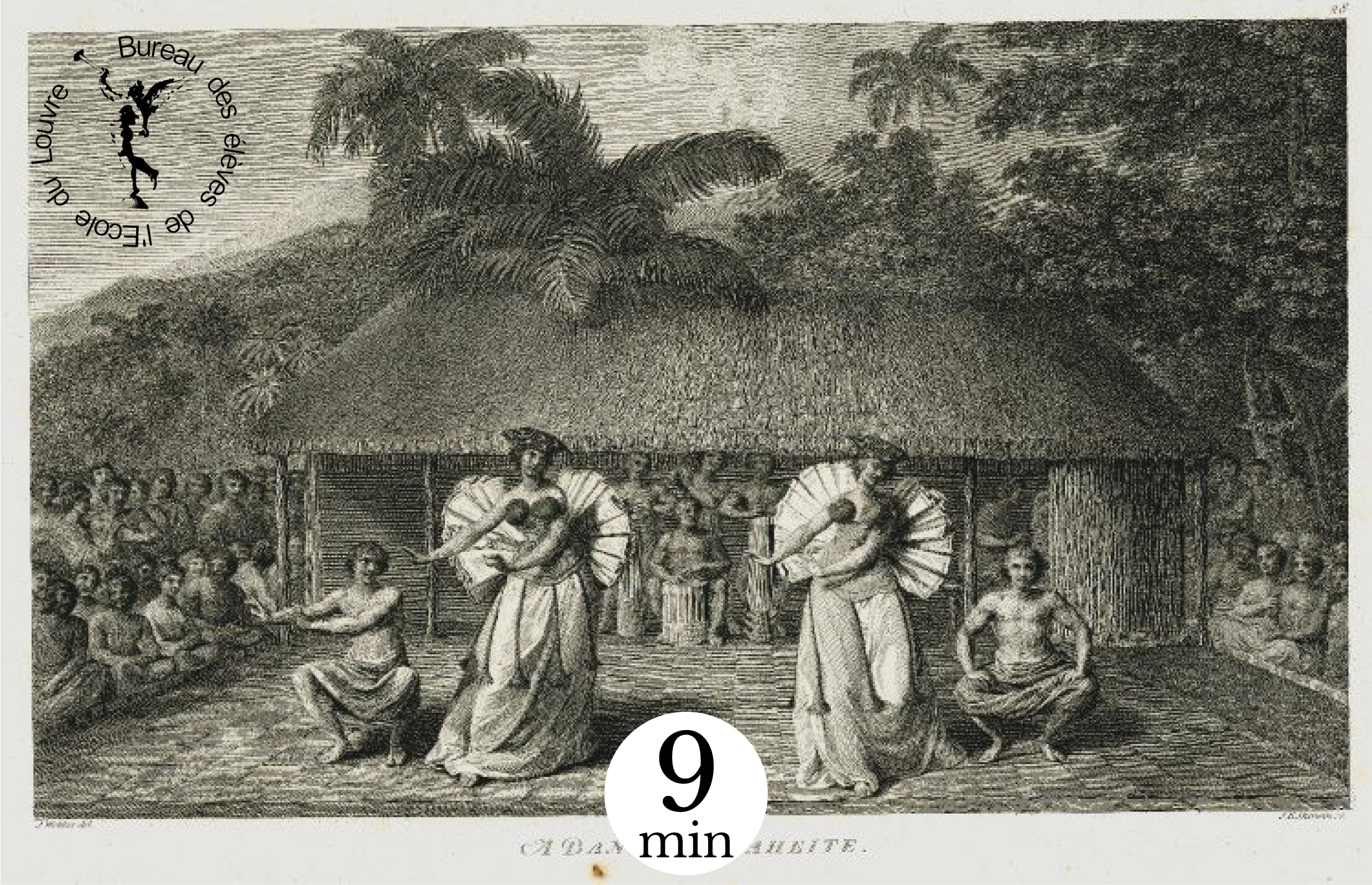Le Musée de Tahiti et des Îles – Te Fare Manaha, situé dans la commune de Puna’auia à Tahiti (Polynésie française), a fermé ses portes en 2018 et les a rouvertes au public au début du mois de mars 2023, sous le nouveau nom de Te Fare Iamanaha – Musée de Tahiti et des Îles (TFI-MTI). En 2019, Iris Rosier, ancienne contributrice chez CASOAR, vous parlait déjà du renouveau du musée en présentant son exposition temporaire Tupuna > Transit. Elle permit aux visiteurs·euses de continuer de voir les collections de l’institution et de découvrir le projet du nouveau TFI-MTI pendant ses travaux. Ces derniers avaient pour but de reconstruire une nouvelle salle d’exposition permanente, ainsi qu’un nouveau parcours muséographique. Il est temps de vous parler de ces changements ! Read More

From the Bounty Revolt to the Pitcairn Case
Trigger warning: this article mentions sexual violence against minors.
It is one of the most famous mutinies in history. The events were written about by Jules Verne and brought to the screen by Marlon Brando.1 Through literature and film, the Bounty Mutineers have personified an ideal of freedom. But what do we really know about these mutineers and the legacy they left on Pitcairn, the small Pacific island on which they settled? Immediate boarding for a space-time journey: towards Tahiti in the last third of the 18th century.
Tupuna, by Moearii Darius: multiple views on History, message of hope for Polynesian culture and heritage
"No man, however, can live normally if he is cut off from the roots of his past; this is no different of societies".1
Ce constat de José Garanger, archéologue, professeur à l’université Paris I qui orchestra des fouilles en Polynésie avec ses étudiants, pourrait être le leitmotiv de Moearii Darius, au cours de son long projet (plus de dix ans) de documentation puis d’écriture de l’ouvrage Tupuna, Voyage sur les Traces des Ancêtres à Tahiti et dans les îles, publié en 2021 chez Au vent des îles. Read More
Maro 'Ura. A Polynesian treasure : the mysterious ways of a sacred object
*Switch language to french for french version of the article*
You may have seen them, those intriguing posters in the streets of Paris: blue, yellow, an unidentified object occupying the space, and a word that is equally unknown to most of us: Maro 'Ura.At most, the subtitle helps us to see more clearly: "a Polynesian treasure". A new surprise: how can this object, which seems so old, so damaged, and whose usefulness is hard to distinguish, be a "treasure"? Read More
In the Society Islands, mourning has a costume
*Switch language to french for french version of the article*
Immense, scintillant de nacre et enveloppé de tapa. et de plumes, le costume de deuilleur des Îles de la Société fait partie des productions matérielles les plus spectaculaires de Polynésie centrale. Ce costume, c’est le heva tūpāpa’u. Il est exceptionnel à plus d’un titre, autant pour sa matérialité que pour sa place prépondérante dans les rites funéraires des ari’i – les chefs. Read More
Les perles noires de Tahiti, remarquables gemmes de Polynésie française
Dans les lagons turquoises de Polynésie française sommeillent des trésors de nacre, les perles noires de Tahiti. Leur écrin ? Une huître perlière aux lèvres noires, la Pinctada Margaritifera. En tahitien cette perle est appelée poerava. Poe pour la perle, rava pour la couleur sombre. Sombres, elles le sont bien. C’est d’ailleurs la particularité des perles de cette région. Mais c’est aussi pour leur éclat et leur lustre, ainsi que pour la variété des nuances qu’elles proposent qu’elles sont si recherchées. En effet, les poerava sont difficilement réductibles à la couleur noire, tant elles peuvent être nuancées, du gris anthracite au mauve aubergine, en passant par toute une gamme de bleu et de vert. Ces caractéristiques leur octroient une place de choix chez les plus grands joailliers du monde, et une reconnaissance internationale. Une belle perle, ça peut coûter plusieurs milliers d’euros. Mais bien avant son apparition sur le marché mondial, les poerava étaient connues et recherchées par les habitants de la Polynésie française. Elles font encore aujourd’hui la fierté des producteurs et des joailliers polynésiens. La culture des huîtres perlières – la perliculture – est une véritable institution dans cette région. Read More
À toi appartient le regard : la photographie contemporaine s’invite au musée du quai Branly – Jacques Chirac
De la photographie contemporaine au musée du quai Branly – Jacques Chirac (MQB-JC) ? Depuis son ouverture en 2006, le musée s’est davantage spécialisé dans la conservation et l’exposition des cultures anciennes des continents africains, américains, asiatiques et océaniens. Toutefois, les créations contemporaines non-européennes intègrent également les champs de recherches et les intérêts des équipes du musée, en particulier la peinture aborigène sur toile ou monumentale1 et la photographie. Read More
Segalen et « Les Immémoriaux », entre exotisme et ethnologie
« Je t’ai dit avoir été heureux sous les tropiques, c’est violemment vrai. Pendant deux ans en Polynésie, j’ai mal dormi, de joie. J’ai eu des réveils à pleurer d’ivresse du jour qui montait. Les dieux du jouir, savent seuls, combien le réveil est annonciateur du jour et révélateur du bonheur continu que ne dose pas le jour. J’ai senti de l’allégresse couler dans mes muscles. J’ai pensé avec jouissance. J’ai découvert Nietzsche. Je tenais mon œuvre, j’étais libre, convalescent, frais et sensuellement assez bien entraîné. J’avais de petits départs, de petits déchirements, de grandes retrouvées fondantes. Toute l’île venait à moi, comme une femme. Et j’avais précisément, de la femme là-bas, des dons que les pays complets ne donnent plus. Outre la classique épouse maorie dont la peau est douce et fraîche, les cheveux lisses, la bouche musclée, j’ai connu des caresses et des rendez-vous, et des libertés qui ne demandaient pas autre chose que la voix, les yeux, la bouche et de jolis mots d’enfant. À Tahiti donc, j’ai sans geste précis connu des heures nocturnes radieusement belles. Les parfums s’y mêlaient sans doute, mais je sais fermement pourquoi j’y fût heureux. Je sais aussi que lorsque j’y retournerai pour vivre et y écrire mon maître du jouir, j’y retrouverai sous des espèces nouvelles, oh, pas de passion personnelle, d’analogue moment, ou bien je ne serais pas digne de sentir et de vivre. »
Extrait de lettre de Victor Segalen à son ami Henry Manceron, 24 décembre 1911.1 Read More
Tupuna > Transit
En parallèle des travaux de rénovation entrepris depuis quelques mois, le Musée de Tahiti et des Îles – Te Fare Manaha propose aux visiteurs de découvrir ou re-découvrir ses collections à travers l’exposition temporaire TUPUNA > TRANSIT. Read More
The Enlightenment in Tahiti or the story of a tragic misunderstanding
This article is an adaptation of our conference De la Vahiné à Vaiana : mythologies européennes de l'Océanie, des Lumières de la philosophie à celles des projecteurs, which was held at the École du Louvre on 27 March 2019, as part of our partnership with the Bureau Des Élèves de l'École du Louvre for the "Mythes et Légendes" gala.
White sandy beaches, turquoise waters and vahines: these are the few images that come to mind for many of us when we think of Oceania. If the paradisiacal landscapes do exist, what about those famous vahines? Eternally accompanied by her ukulele, following the steps of a lascivious dance... the Polynesian woman as seen in the popular imagination seems to give a foretaste of paradise. Read More

